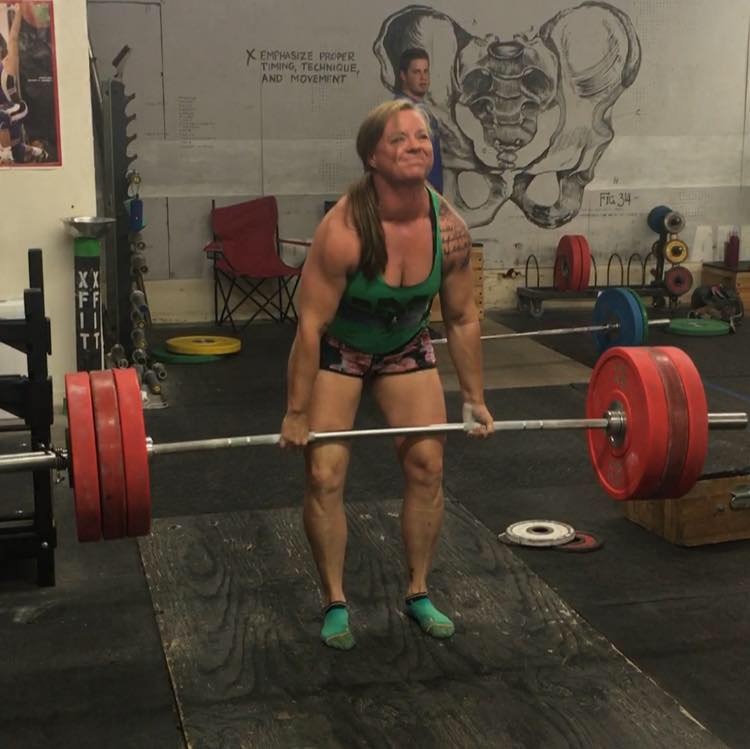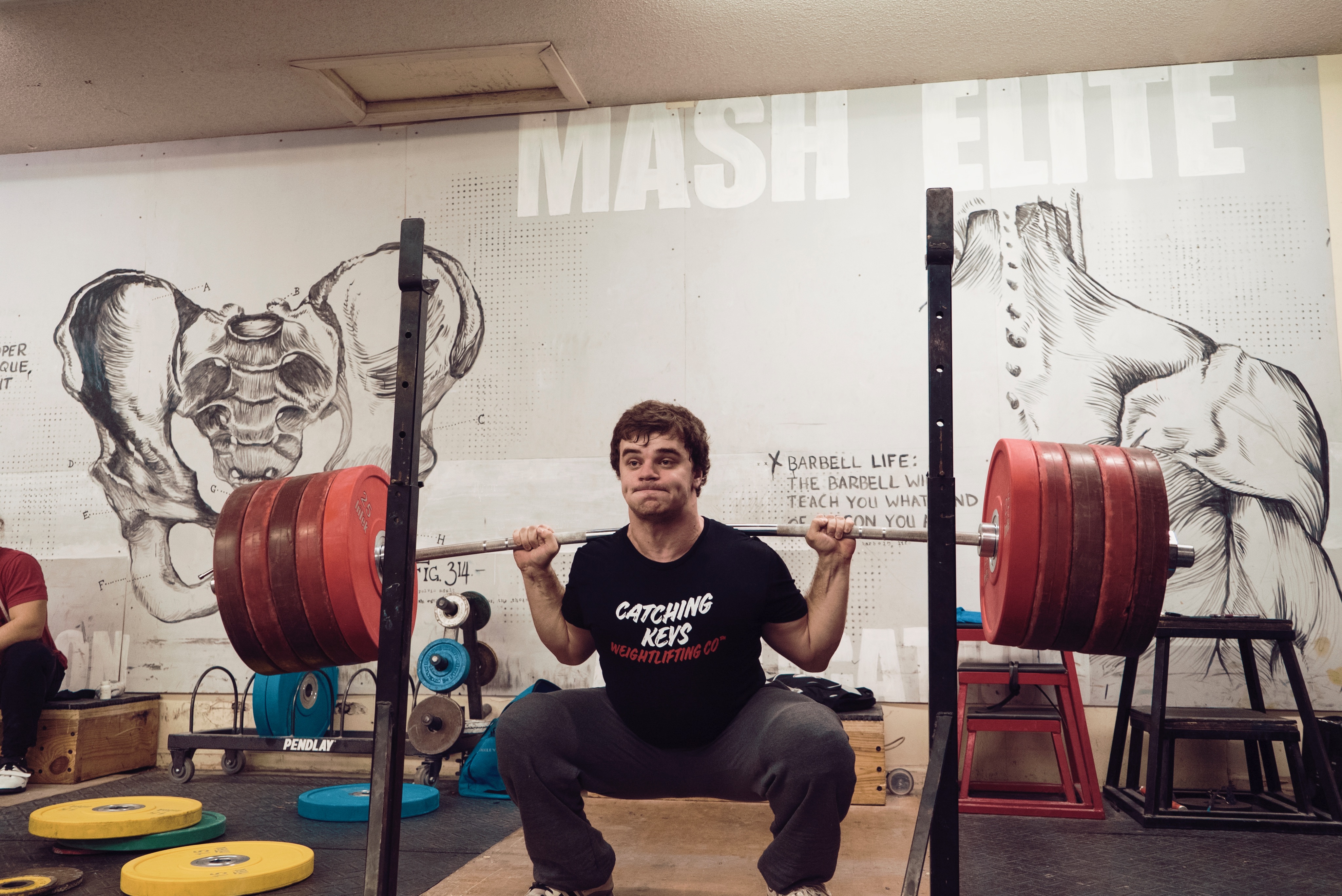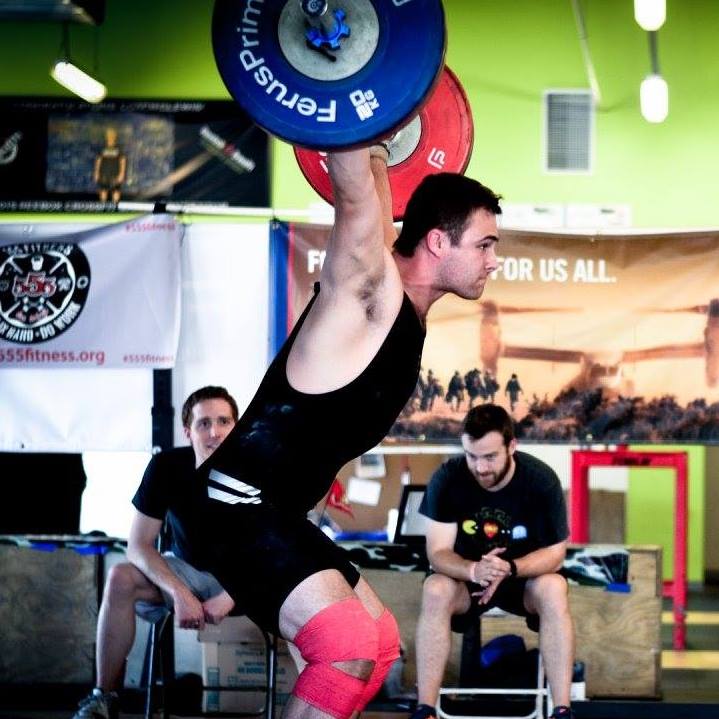Check out one of our 13 Books on topics like programming, conjugate method, injury prevention, nutrition, mindset, and competition prep at:
==> https://www.mashelite.com/ebooks/
or Check out one of our Online Teams and Nutrition Programs at:
⇨ Mash Coaching
================================================
Basics of Training Frequency
by Coach Matt Shiver
One of the biggest questions we hear as fitness professionals is how often should I exercise? The question then gets broken down into: “How often should I train specific movement patterns or specific body parts?” Well the answer to this question is “It depends”. Like many of the training variables, frequency is going to be changed throughout one’s fitness career based on their goals, training history/progress, and lifestyle. But the basics of frequency need to be laid out so that is what I will do here.
High Frequency Training for Strength
The most effective way to increase strength and hypertrophy is through resistance training using progressive overload. The easiest way to “progressively overload” an athlete is to increase the total poundage of weight lifted over a given time period. The equation is as follows: weight x sets x reps. If you did 100lb squats for 3 sets of 5 reps in one week, your total volume will be 1500lbs for that week. Your body will adapt to the 1500lb stress you applied to it. This means that the next week, you need to use more than 1500lbs to elicit an anabolic response.
To get more poundage added in your training program, at least one of the three variables (weight, sets, or reps) must be increased each week. Notice how I highlighted each week. You do not have to add weight, sets, and reps to every training session. Instead you can add another training day. For example, if you are used to squatting 1x a week and you start squatting 2x per week, you increased the frequency and total volume just by adding one more day. You do not have to add more sets or reps to each workout with an additional training session. You could actually decrease the amounts of sets and reps you do each day and spread them out over the week to leave your legs feeling fresh and still progress through the principle of overload.

For example, if you did 100lb squats for 2 sets of 5 reps twice a week, you have a total of 2000lbs of total volume. By taking this approach, you actually decreased one workout’s sets by one set in the process and increased the total workload by 500lbs.
You do not need to train your body to exhaustion by adding weight, reps, and sets to one day of training to make progress. By spreading out the amount of times you stress that muscle each week, you can directly increase the total volume. This approach allows you to get more work done and feel much better through the process.
We all have done a typical bodybuilding split that had its leg day. The leg day consisted of absolutely demolishing the legs. The DOMs you got made it difficult to use your legs the next day. Your legs sometimes took a full week to recover from the training stimulus.
This approach is most likely not optimal for maximal strength gains. It limits the total poundage that can be lifted due to the muscle damage that was caused from such a high volume. If we took an approach that lessened the muscular damage done in one session, allowed us to train a movement pattern more often, and increase the total poundage of weight lifted over a given week why not do it?
High Frequency Training for Hypertrophy
My biggest concern for doing the classic “bro split” (spending one day on a specific muscle group) is that you are could be missing out on more opportunities to stimulate growth of the muscle tissue. If the body part is fully recovered in 48-72 hours, why wait another 4-5 days to stress it again? You will be getting much more bang for your buck by increasing your exercise frequency over a given week rather than increasing the amount of total work done in a single session.

If you are currently training using a conventional “bro split” for hypertrophy and want to give this a try, here is how. First, you need to find out your baseline volume. You need to find out how much total volume you need to continue to make adaptations in your training. I suggest doing this by tracking your workouts for an entire week. Then break down the week into movement patterns or body parts: vertical pressing, horizontal pressing, vertical pulling, horizontal pulling, squats, hinges, carries, core, etc. OR biceps, triceps, chest, back, quads, hamstrings and glutes, calves, etc.
Then, find the total SETS for EACH movement pattern/body part. From there, decide on how many days a week you want to exercise. For most people I would suggest doing full body workouts on each of these days splitting up the amount of sets of each muscle group evenly over these days. If you were used to training vertical pressing 1x per week with 9 sets, now try to train vertical pressing 3x per week with 3 sets each. You are going to be stimulating growth more frequently than you were before. You will NOT be as sore. Soreness is not a marker of muscle growth. You do not need to be sore to increase your muscle size. If you can hit a muscle group more often with less damage, you are setting yourself up for success.
Experience Determines Training Frequency
Frequency is also going to be determined by how the experience levels of the athlete. The more experience you have, the higher frequency you will need to have to meet the total volume needed to adapt to an exercise stimulus. This is what we see when we have elite level weightlifters training 9-12 training sessions a week. They have built up to this level of frequency. There is no reason to start a program that makes you train 5x-7x a week if you are used to 2x. That is a huge jump! You are actually going to LOSE gains from this. You could easily continue to make gains with minimal jumps in total training volume. By increasing your frequency and total volume too quickly, you are going to be making a new set point for your body. Now to improve, you have to increase even more in total volume. Why would you want to train for 2 hours a day for 5-6 days a week if you can get the same, if not better, response to exercise from training 3 days a week for 45 minutes to an hour. It gives you more time to focus on what really matters in life. More is not necessarily better when it comes to hypertrophy and strength training.
====================================================================
Next week our latest e-book “Bar Speed” drops teaching you guys everything there is to know about velocity based training for all athletes (Weightlifting, Powerlifting, SuperTotal, Athletic Performance, and CrossFit). Coach Spencer Arnold from Power & Grace Performance and I explain all the ways that VBT can be applied to each sport, and we give you sample programs for each sport.
Until then you can download our Free E-Book “Mash Method” to learn several ways to set new records in your training right now. Check it out at: ==> www.mashelite.com/mashmethod/
